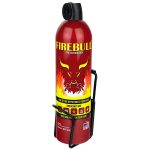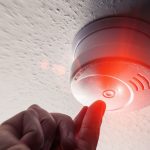Fire extinguishers are critical safety devices designed to combat fires in their early stages. To ensure they are always accessible when needed, proper installation and maintenance of fire extinguisher brackets is essential. This guide covers everything you need to know about selecting, installing, and maintaining fire extinguisher brackets effectively.
Understanding the Importance of Fire Extinguisher Brackets
Why Brackets Matter
Fire extinguishers must be easily accessible and visible in case of an emergency. The right bracket ensures that the extinguisher is securely mounted and does not become misplaced or damaged. In many settings, such as commercial buildings, schools, and factories, regulations require that fire extinguishers be mounted at specific heights and locations to ensure compliance with safety standards. A well-installed bracket contributes significantly to overall fire safety by promoting readiness and quick access during a fire emergency.
Legal and Regulatory Requirements
Different regions and industries have specific legal requirements regarding fire safety equipment. Organizations like the National Fire Protection Association (NFPA) provide guidelines on the proper placement of fire extinguishers, including the type of bracket to use. These regulations often dictate how high above the ground a fire extinguisher must be mounted, ensuring that it is accessible to all potential users. Failing to adhere to these standards not only poses a safety risk but can also lead to legal repercussions for businesses and property owners.
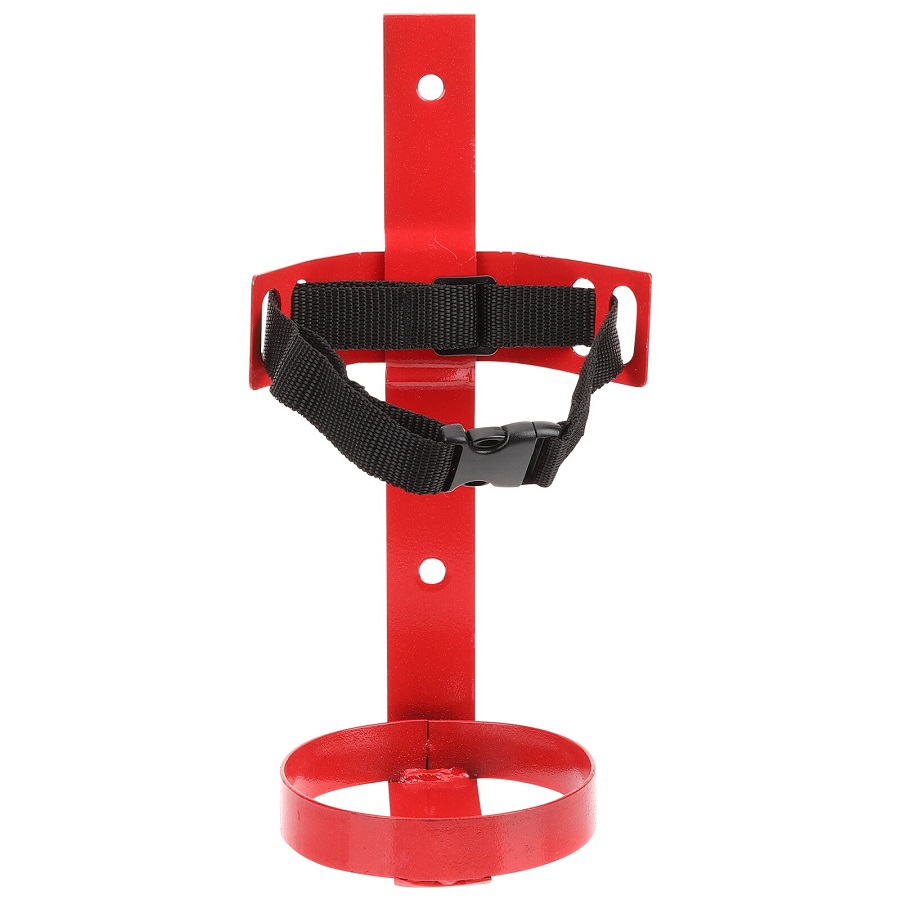
Choosing the Right Fire Extinguisher Bracket
Types of Fire Extinguisher Brackets
When selecting a fire extinguisher bracket, it’s essential to understand the various types available. Standard brackets are designed for general use and can accommodate most extinguisher sizes. Adjustable brackets are versatile options that can fit multiple extinguisher models and sizes, offering flexibility in various settings. Wall-mounted brackets are common in commercial spaces, while vehicle brackets are designed for extinguishers in cars, trucks, and other vehicles. Each type serves a specific purpose, and the choice should be based on the extinguisher’s location and intended use.
Material and Durability Considerations
The material of the bracket is also crucial for durability and effectiveness. Most brackets are made from steel or high-strength plastic, both of which offer different benefits. Steel brackets are robust and can withstand harsh conditions, making them ideal for industrial environments. Plastic brackets, while lighter and often easier to install, may not provide the same level of durability, particularly in high-stress or extreme environments. Consider factors like environmental conditions, potential impacts, and aesthetic preferences when selecting the appropriate material for your needs.
Installation Guidelines for Fire Extinguisher Brackets
Recommended Height and Placement
The installation height of a fire extinguisher is a key factor in ensuring accessibility. According to NFPA guidelines, extinguishers weighing less than 40 pounds should be mounted so that the top of the extinguisher is no more than 5 feet above the floor. For heavier extinguishers, the top should not exceed 3.5 feet. Placement should be near high-risk areas, such as kitchens, mechanical rooms, and garages, and should be free from obstructions. Clear signage indicating the location of the extinguisher is also recommended to aid quick identification during emergencies.
Step-by-Step Installation Process
Installing a fire extinguisher bracket involves several steps. First, select an appropriate location that adheres to height and accessibility guidelines. Use a stud finder to locate wall studs for secure mounting. Mark the drilling points on the wall, ensuring they align with the bracket holes. Drill pilot holes and insert wall anchors if necessary, especially in drywall or masonry. Finally, attach the bracket securely and place the extinguisher in the bracket, ensuring it fits snugly and is easy to remove. Following these steps carefully will ensure a safe and effective installation.
Regular Maintenance of Fire Extinguisher Brackets
Routine Inspection Requirements
Regular inspections are vital to ensuring that fire extinguisher brackets and the extinguishers themselves are in good condition. Monthly visual inspections should be conducted to check for signs of wear, damage, or corrosion on the brackets and extinguishers. Ensure that extinguishers are properly secured in their brackets and that the brackets themselves are firmly attached to the wall. Any issues found during inspections should be addressed immediately to maintain safety standards.
Long-term Maintenance Practices
In addition to regular inspections, long-term maintenance practices should be established. This includes annual professional inspections by certified fire safety personnel, which typically encompass testing the functionality of the extinguisher and ensuring the bracket remains secure. During these inspections, the fire extinguishers should be recharged or replaced as necessary, and any updates to local fire codes or safety standards should be reviewed and integrated into your maintenance practices. Keeping thorough records of inspections and maintenance activities is also crucial for compliance and safety assurance.
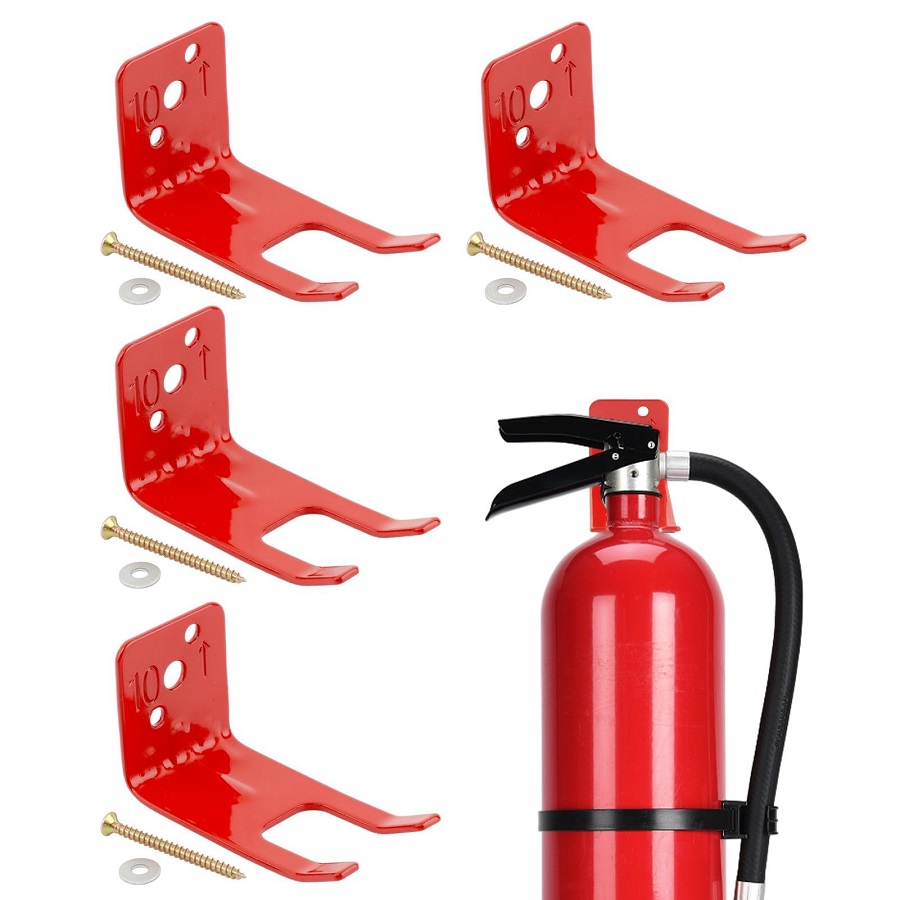
Training Staff on Fire Extinguisher Use
Importance of Staff Training
Educating employees about fire safety and the proper use of fire extinguishers is a critical component of an effective fire safety plan. Even the best-installed brackets and equipment can fail to serve their purpose if users do not know how to operate the extinguishers correctly. Training programs should cover the different types of extinguishers, the appropriate extinguisher for specific fire classes, and the correct techniques for using extinguishers. Regular training sessions should be held to refresh knowledge and ensure preparedness.
Conducting Effective Training Sessions
Effective training sessions should be interactive and informative. Begin with a classroom-style introduction, explaining the fundamentals of fire safety and the importance of fire extinguishers. Use visual aids, such as videos or diagrams, to illustrate key points. Follow this with hands-on practice, allowing employees to use extinguishers in controlled environments. Consider organizing fire drills that incorporate extinguisher use to provide real-life experience. Post-training evaluations can help assess understanding and retention, ensuring that everyone is prepared for potential emergencies.
Emergency Procedures and Evacuation Plans
Integrating Extinguisher Use into Emergency Plans
Emergency procedures should incorporate the use of fire extinguishers as a primary response to small fires. Clear guidelines should be established regarding when to use an extinguisher versus when to evacuate and call the fire department. Employees should be trained to assess fire situations critically, taking into account factors such as fire size, type, and personal safety. Integrating extinguisher use into overall emergency plans helps create a cohesive response strategy that maximizes safety.
Importance of Regular Drills
Regular fire drills are essential for reinforcing emergency procedures, including the use of fire extinguishers. Drills should simulate various scenarios, allowing employees to practice evacuation routes and extinguisher use in a safe environment. These drills should be conducted at least twice a year, with feedback gathered after each session to improve procedures and training. Consistent practice builds confidence and ensures that all staff members are prepared to act quickly and effectively in the event of a fire.
Best Practices for Fire Extinguisher Storage
Strategic Placement for Maximum Visibility
When storing fire extinguishers, placement is key to ensuring they are readily visible and accessible in emergencies. Consider high-traffic areas and locations where fires are most likely to occur, such as kitchens, electrical rooms, and near exits. Extinguishers should be mounted on walls with clear signage indicating their location, ensuring they are not obscured by other equipment or decorations. Utilizing illuminated signs can also enhance visibility in low-light conditions, making it easier for occupants to locate extinguishers quickly during an emergency.
Keeping Extinguishers Free from Obstructions
To maintain quick access, it is crucial to keep fire extinguishers free from obstructions. Ensure that no furniture, equipment, or storage items block access to extinguishers, and regularly review the area around them for potential hazards. Establishing a 3-foot clearance around each extinguisher can help guarantee that they remain unobstructed. Additionally, consider implementing a routine check to ensure that extinguishers are not inadvertently moved or covered, maintaining their readiness for use.
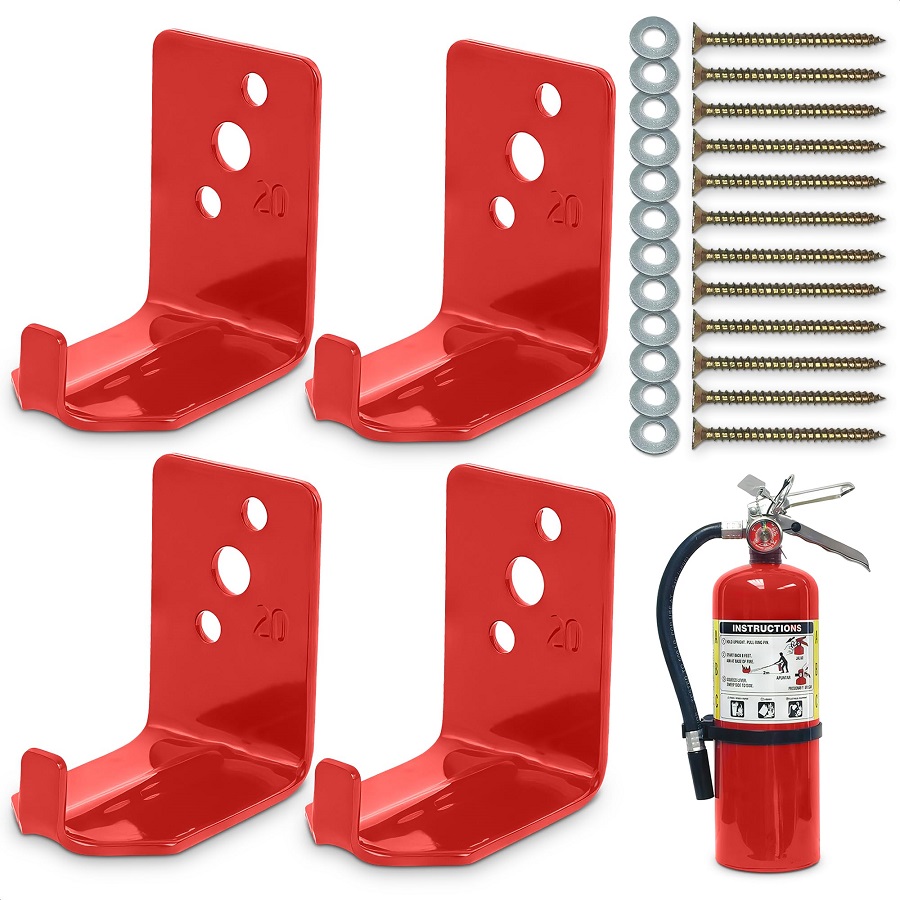
Conclusion: Prioritizing Fire Safety with Proper Bracket Installation and Maintenance
In summary, the installation and maintenance of fire extinguisher brackets are vital aspects of a comprehensive fire safety strategy. By selecting the right type of bracket, following proper installation procedures, conducting regular inspections, and training staff effectively, organizations can significantly enhance their preparedness for fire emergencies. Fire safety is a shared responsibility, and prioritizing these elements can lead to safer environments for everyone. Always stay informed about local regulations and best practices to ensure that your fire safety measures are up to date and effective.

